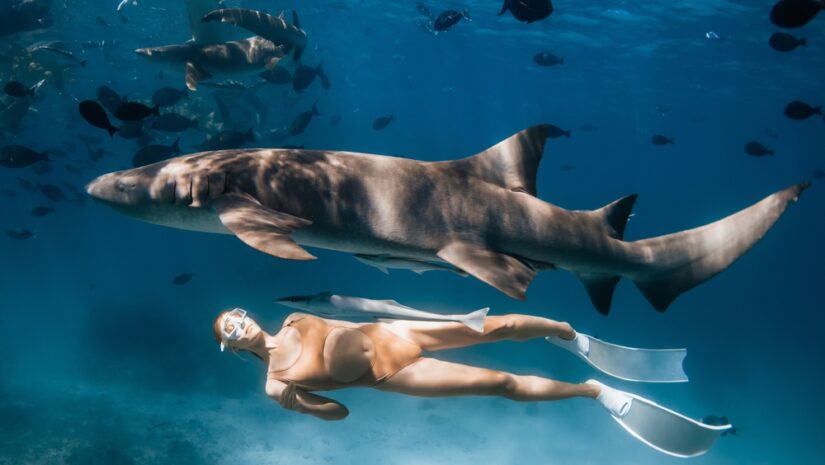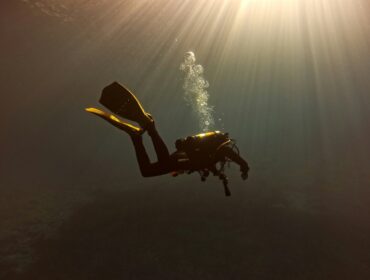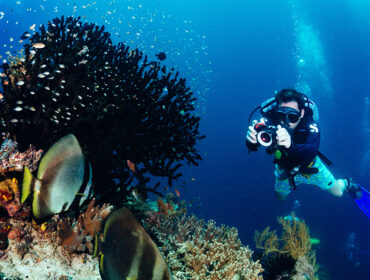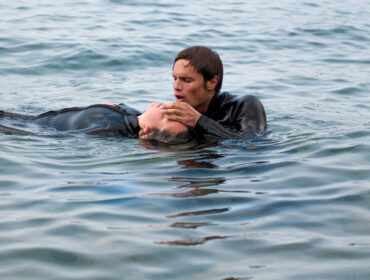The idea of swimming with sharks can trigger a rush of adrenaline or a twinge of fear – even for seasoned divers. But for many adventure seekers, that first shark dive is a life-changing experience. Far from the scenes portrayed in horror movies, swimming with sharks is an opportunity to witness the majesty of these misunderstood animals in their natural habitat.
Whether you’re booking a cage dive with great whites or planning an open-water swim with reef sharks, knowing what to expect can transform anxiety into awe. In this guide, we’ll walk you through the essentials of your first shark diving experience – including safety tips, gear, best locations, and what it’s really like underwater with the ocean’s most iconic predators.
Why Swim with Sharks?

Sharks have roamed our oceans for more than 400 million years. As apex predators, they keep marine ecosystems in balance by regulating fish populations and removing weak or sick individuals from the food chain.
Diving with sharks isn’t just thrilling – it’s also educational and transformative. It offers:
- A new perspective on a misunderstood species
- Firsthand insight into ocean conservation
- Unforgettable experiences that can be more serene than scary
Contrary to popular belief, most sharks are not aggressive toward humans. In fact, the vast majority of species are shy and cautious. For divers who follow guidelines, shark encounters are typically peaceful, respectful, and deeply moving.
Types of Shark Dives
Depending on your location and comfort level, your first shark dive could take several forms. Here are the most common:
1. Cage Diving

This is the go-to choice for people who want to observe larger or more aggressive species (like great whites) in a controlled setting. Divers stay inside a steel cage, often lowered from a boat, while sharks swim freely around them.
Best for: Beginners, thrill-seekers, and photographers
Popular locations: Guadalupe Island (Mexico), Gansbaai (South Africa), Neptune Islands (Australia)
2. Open-Water Shark Diving

Here, divers enter the water without a cage, typically with reef sharks, nurse sharks, or hammerheads. These dives are closely monitored by guides and are generally safe when proper procedures are followed.
Best for: Certified scuba or freedivers looking for immersive experiences
Popular locations: Bahamas, Fiji, Maldives, Hawaii
3. Snorkeling with Sharks
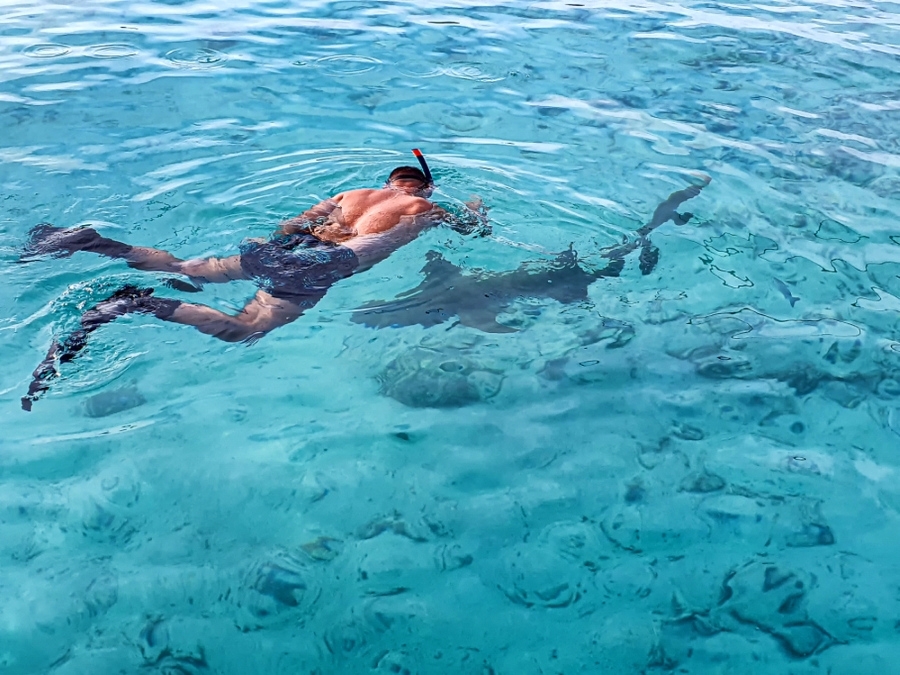
Some tours offer shallow-water snorkeling with smaller species like blacktip reef sharks. These excursions are ideal for non-divers or those easing into shark interactions.
Best for: Beginners, families, non-divers
Popular locations: Bora Bora, Belize, Moorea
What You’ll Experience Underwater
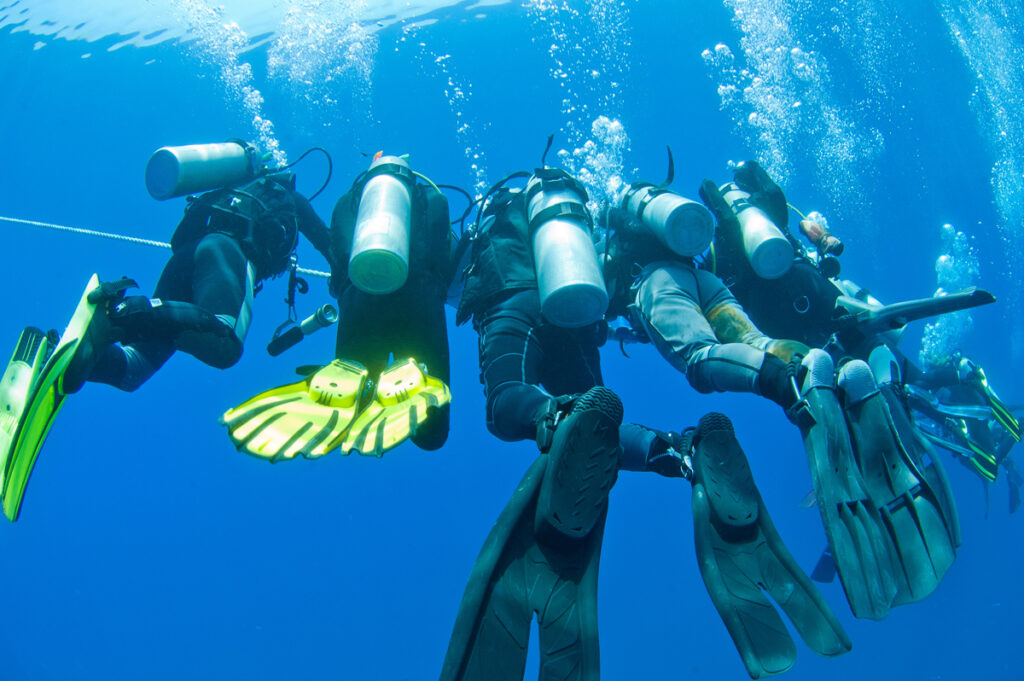
Your first few moments underwater with sharks may be nerve-wracking – but that fades quickly. Here’s what you can expect, emotionally and physically:
The Build-Up
The anticipation is often the most intense part. You might feel a mix of excitement, curiosity, and nerves as you gear up. That’s completely normal.
The Descent
As you descend (or drop into the water for a snorkel), your senses heighten. You’ll notice how calm and clear the water becomes and how graceful sharks are in motion.
The Encounter
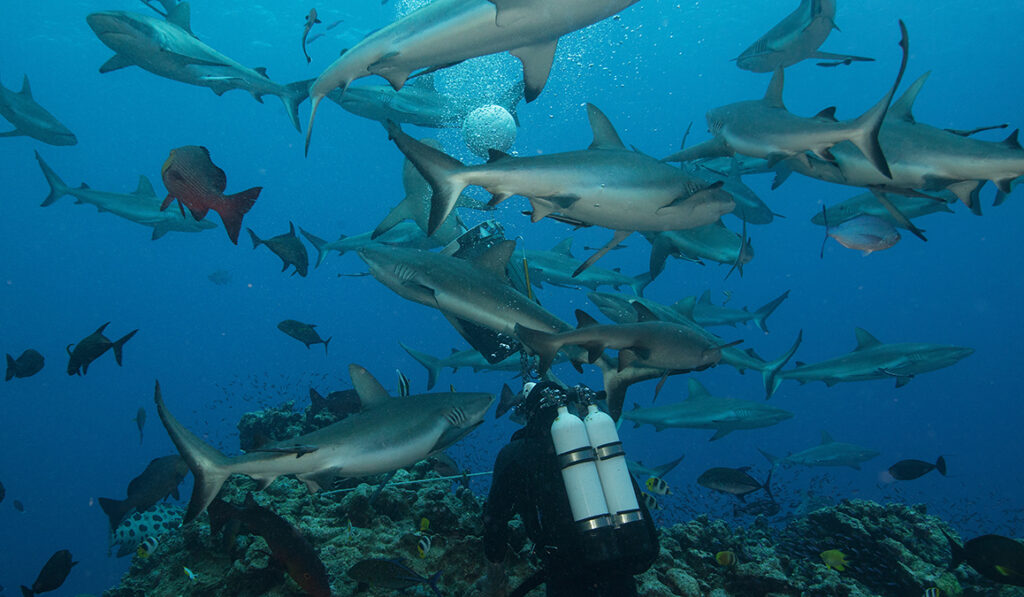
The first shark you see may take your breath away. Most sharks are curious but not confrontational. They may swim near you, circle briefly, and glide away. You’re not a threat—and certainly not on their menu.
You may also witness:
- Sharks interacting with fish schools
- Cleaner fish attending to sharks
- Slow, steady cruising in all directions
The Calm
Many divers report feeling a deep sense of peace underwater. With the bubbles, currents, and marine life surrounding you, it feels more like floating through a documentary than facing danger.
Safety Tips for First-Time Shark Divers

Shark diving is very safe when done with certified guides and proper gear. Still, there are key safety rules to follow:
1. Follow the Guide’s Instructions
Your dive leader is trained in shark behavior. Always follow their cues and stay within designated areas.
2. Keep Calm and Controlled
Avoid sudden movements, splashing, or erratic swimming. Stay relaxed and maintain neutral buoyancy to avoid startling the sharks.
3. Don’t Touch or Feed the Sharks
Touching can disturb or harm them. Feeding – unless part of a guided, legal dive – is discouraged, as it can alter their natural behavior.
4. Stay Vertical
Keep a vertical posture in the water. Sharks perceive upright swimmers as less threatening than those who are horizontal or chasing them.
5. Stay in a Group
Sharks are less likely to approach closely when divers stick together. Stay within visual range of your guide and group.
What Gear You’ll Need
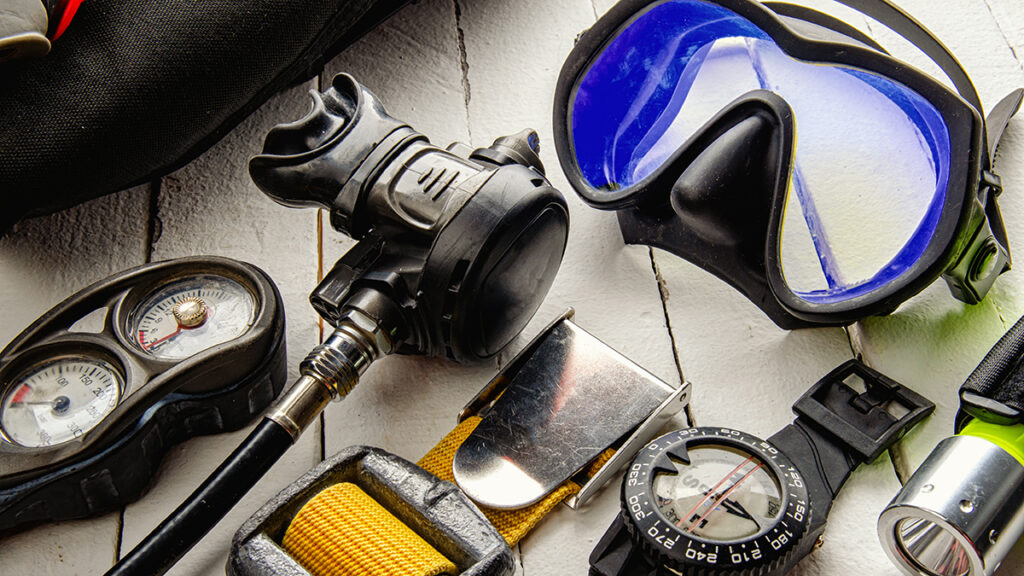
Some tours provide full gear, but for open-water or certified dives, you may want your own equipment. Here’s what’s essential:
1. Mask and Snorkel
Choose a low-profile, wide-vision mask. Anti-fog coatings help you stay focused on the experience.
2. Wetsuit
Depending on the water temperature and depth, a 3mm or 5mm wetsuit provides comfort and buoyancy. Thicker wetsuits also protect from minor stings or brushes with marine life.
3. Fins
Fins help conserve energy and improve control. Long-blade freediving fins are often used in open water.
4. Dive Light (Optional)
Useful for early morning or low-visibility dives to improve sight and help spot sharks from a distance.
5. Dive Computer
Tracks depth, time, and safety stops. Essential for open-water scuba divers.
Best Shark Diving Destinations for Beginners
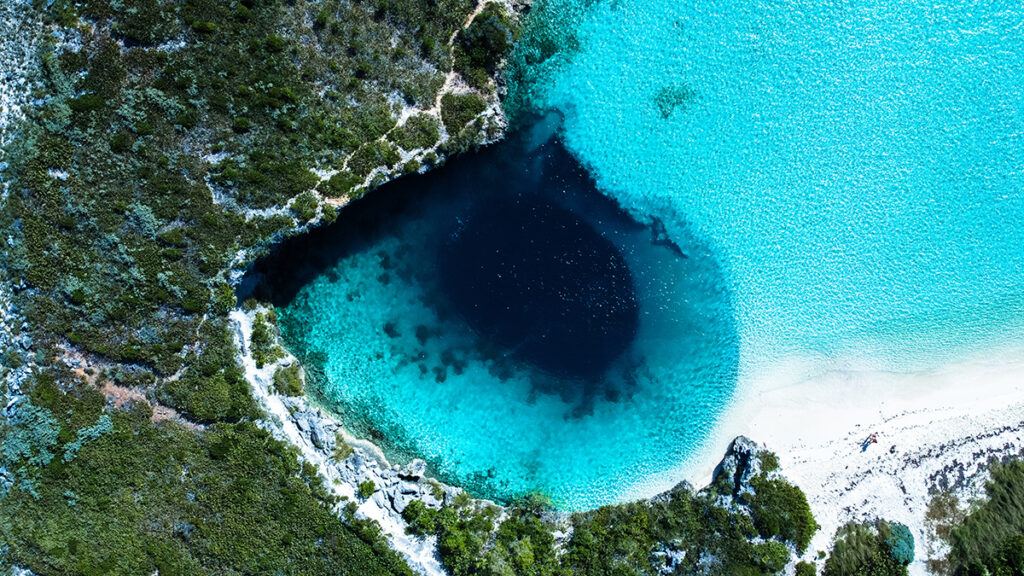
If you’re planning your first shark encounter, these locations are known for clear waters, safe conditions, and approachable species:
- Bahamas: Great for swimming with reef sharks and tiger sharks
- Fiji: Home to bull shark dives in Beqa Lagoon
- Hawaii: Offers snorkeling with Galapagos and sandbar sharks
- Maldives: Gentle whale sharks and nurse sharks await
- Belize: Snorkel with nurse sharks in Hol Chan Marine Reserve
- Thailand: Affordable dives with leopard sharks and blacktips
Shark Conservation and Responsible Diving
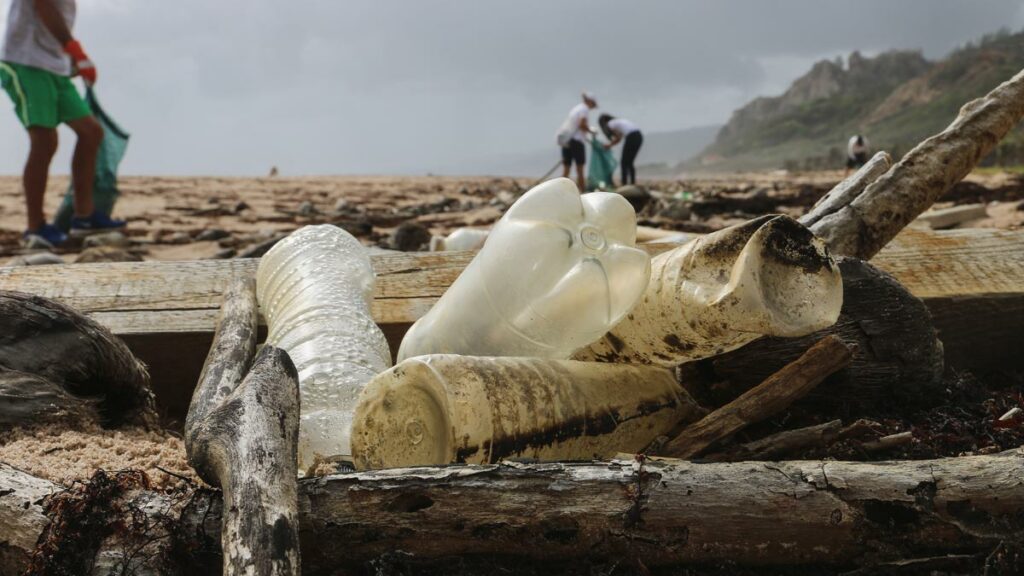
Swimming with sharks isn’t just an adventure – it’s a form of advocacy. As you interact with these creatures, you become a voice for their protection. More than 100 million sharks are killed each year due to finning, bycatch, and habitat destruction.
Support sustainable tourism by:
- Choosing ethical operators who follow conservation protocols
- Never purchasing shark products (shark fin, teeth, cartilage)
- Sharing your experience to educate others
- Donating to or volunteering with organizations like Shark Trust, Project AWARE, or WildAid
Your dive can leave a lasting impact not just on you – but on others and on the oceans that sustain us all.
Final Thoughts: Fear Transformed into Fascination
Swimming with sharks is a bold leap into a misunderstood world. For many first-time divers, the experience redefines fear as fascination, turning old myths into personal awe.
These creatures, once feared as monsters, reveal themselves to be graceful, intelligent, and deeply important to marine health. With the right preparation, mindset, and respect for their space, your first shark dive may become one of the most unforgettable moments of your life.
FAQs: Swimming with Sharks
Yes, when done with reputable guides and proper safety protocols, it’s very safe.
For open-water dives, yes. For snorkeling or cage diving, certification is not required.
Reef sharks and nurse sharks are non-aggressive and great for first-timers.
Extremely rare. Sharks do not see humans as prey during controlled dives.
Yes, in shallow snorkeling experiences with smaller species and under adult supervision.

